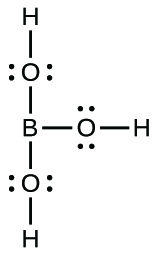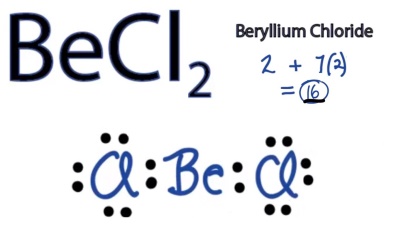
The ions are atoms that have gained one or more electrons (known as anions, which are negatively charged) and atoms that have lost one or more electrons (known as cations, which are positively charged).Ī covalent bond, also called a molecular bond, is a chemical bond that involves the sharing of electron pairs between atoms. These electron pairs are known as shared pairs or bonding pairs, and the stable balance of attractive and repulsive forces between atoms, when they share electrons, is known as covalent bonding. Ionic bonding is a type of chemical bond that involves the electrostatic attraction between oppositely charged ions, and is the primary interaction occurring in ionic compounds. Ionic compounds have a high melting and boiling point, covalent compounds have a low melting and boiling. Ionic compounds are brittle, covalent compounds are not. What is chemical bond, ionic bond, Molecular bond ?Ī chemical bond is a lasting attraction between atoms, ions or molecules that enables the formation of chemical compounds. The bond may result from the electrostatic force of attraction between oppositely charged ions as in ionic bonds or through the sharing of electrons as in covalent bonds. b) boron trichloride BCl 3 c) methane CH 4 d) C 6 H 12 O 6 CH 2 O 5) List three differences between ionic and covalent compounds: Ionic compounds are hard, covalent compounds are not. Lone pairs are spent.Question: Is BP ( boron phosphide ) an ionic or Molecular bond ?Īnswer: BP ( boron phosphide ) is an ionic bond Each fluorine atom will take three lone pairs. As a result of deficiency of electrons on the boron atom, the excessive electron density on the fluorine atoms (due to its small size and strong interelectronic repulsions) is pushed on to the boron atom that is back donation or back bonding occurs.


So, selecting the center atom is not a hard thing for BH 3. In BF 3, there are only two elements to select Having a high valence and being the most electropositive atomĪre the most important facts to be the center atom. There are requirements to be the center atom. For,īF 3, total pairs of electrons are 12 (= 24/2). Total electron pairs are determined by dividing the number total valence electrons by two. Total valance electrons pairs = σ bonds + π bonds + lone pairs at valence shells Total valence electrons given by fluorine atoms = 7 * 3 = 21.There are three hydrogen atoms in BF 3 molecule, Therefore Total valence electrons given by boron atom = 3 * 1 = 3.Therefore, fluorine has seven electrons in its last shell. Therefore, boron has three electrons in its last shell. Total number of electrons of the valance shells of BF 3 Check the stability and minimize charges on atoms by converting lone pairs to bonds until most stable.Find total number of electrons of the valance shells of boron and fluorine atoms.If youĪre are beginner to lewis structure drawing, follow these sections slowly and properly to understand. To draw the BF 3 lewis structure and they are explained in detail in next sections of this tutorial. There are general guidelines to draw a lewis structure step by step and they are mentioned below. Therefore, borane BF 3 is considered as a lewis acid. Therefore, octal of boronĪtom is not completed.

According to the lewis structure of BF 3, there are only six electrons around boron atom.


 0 kommentar(er)
0 kommentar(er)
